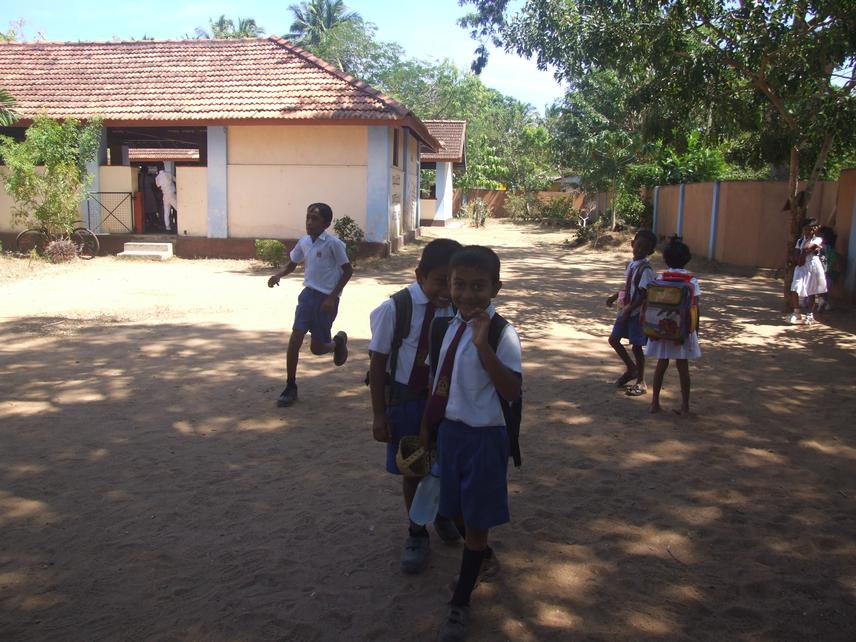Social media video featuring the project.
Sea Turtles Sri Lanka - BCS Sri Lanka - 1 - School Awareness
11 Nov 2013 Bentota, Sri Lanka, Indian Sub-continent Education | Turtles
Conduction of Awareness Programmes on Sea Turtles and Coastal Biodiversity Conservation for the Coastal Communities in Northwestern Coast of Sri Lanka
Continuation of the Sea Turtles and Coastal Biodiversity Conservation in Kalpitiya Peninsular of Sri Lanka
Continuation of the Sea Turtles & Coastal Biodiversity Conservation in Kalpitiya Peninsula, Adjacent Mainland and Nearby Inhabited Small Islands, Sri Lanka
Continuation of the Sea Turtles & Coastal Biodiversity Conservation in Kalpitiya Peninsula, Sri Lanka
The aim is to educate the school children and coastal community to reduce the threat to the sea turtles and coastal environment while initiating long-term conservation activities.

There are five species of sea turtles nesting mostly in southern and eastern coast of Sri Lanka. Although turtles are protected by the Fauna and Flora protection ordinance since 1972 still the egg poaching occur most of the nesting beaches and also in some areas turtle are killing for meat and by-catch is still a big threat. So the propose project is aiming to educate the school children and fishermen to reduce the threat and initiate long-term conservation activity using the school children as volunteers. A huge media campaign will conduct to get the attention for the project.
The green turtle, leatherback, olive ridley, loggerhead and the hawksbill come ashore to nest on the beaches of Sri Lanka. Furthermore their feeding habitats and migratory routes located around the island. The coastal communities of Sri Lanka have to depend on their surrounding natural resources for their survival. Thus many coastal habitats and biodiversity are under the threat of extinction. The coastal communities in Sri Lanka heavily exploit sea turtle populations by mostly egg poaching and also killing the turtles for meat consumption. So coastal communities must be educate about the importance of conserving the sea turtles and coastal ecosystems including various habitats such as coral reefs, mangroves, sea grass beds etc. For the last thirty years there was no any proper awareness programmes were conducted in the eastern and northern coast of Sri Lanka due to the civil war. However, the armed conflict was over and tourism and other industries booming along coastal lines. Fisherman and other coastal communities are free to access all the beaches due to removal of restrictions. Therefore, it is must to conduct a proper education and awareness programme for the coastal communities giving priority to these areas.
The aims and objectives of these programmes are to increase the education and awareness on sea turtle biology & conservation, legislation and law enforcement on sea turtles among the coastal communities such as fishermen, school children and other coastal resource users. Further increase the community knowledge on sustainable use of surrounding natural coastal resources and reduce the current threats to sea turtles such as beach lighting, beach littering, egg collection, slaughtering of sea turtles and habitat destruction etc. The programme aims to receive more active participation of coastal community members in sea turtle conservation activities and receive more information on sea turtles from coastal community members such as tag recoveries. The availability of educational materials and news paper articles on sea turtles and coastal ecosystem in Sri Lanka will increase during the project.
Social media video featuring the project.
Sea Turtles Sri Lanka - BCS Sri Lanka - 1 - School Awareness